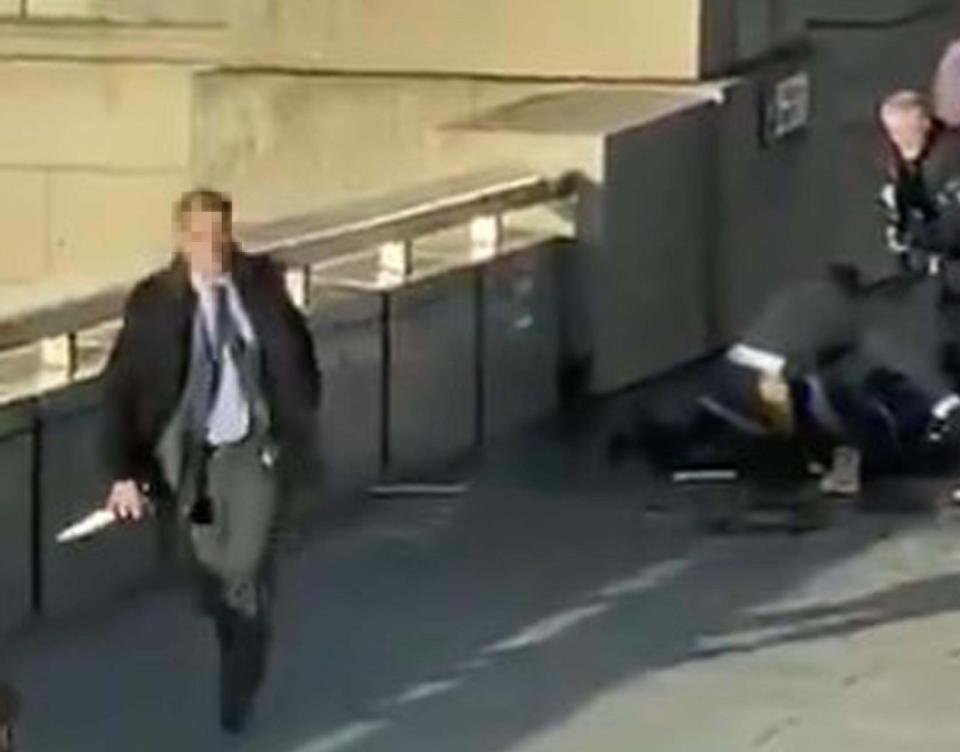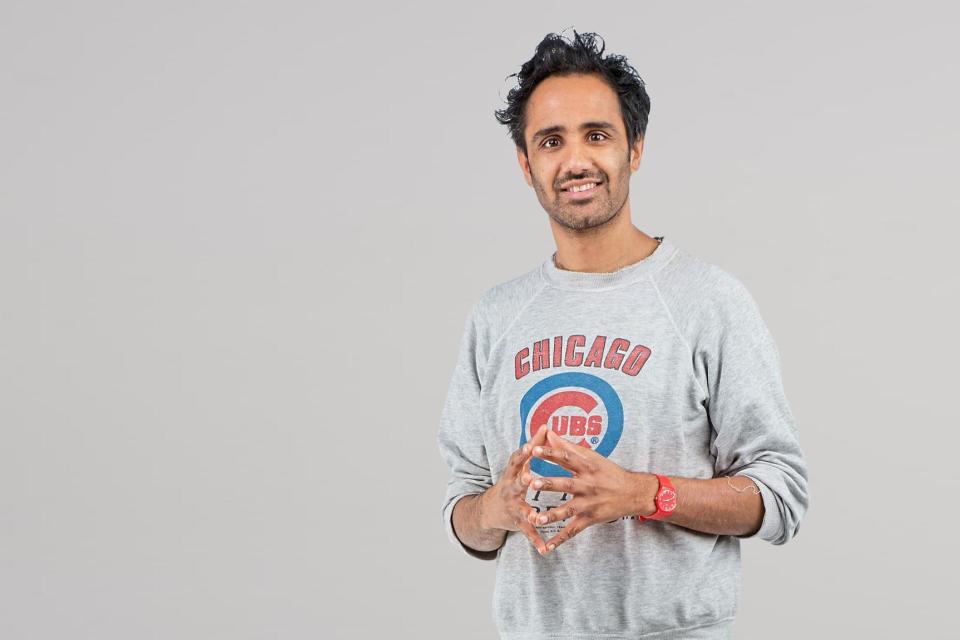The Good Samaritans of London Bridge show we care about strangers

If something truly terrible happened — a real emergency — and you were standing nearby, what would you do? It’s something I’ve been chewing over since reading about the immense bravery of the people who put their lives on the line to tackle the terrorist at London Bridge last Friday. If you were part of a group looking on as the emergency unfolded, were you more or less likely to intervene and try to be a hero?
Well, it turns out psychologists think the social context does matter — a lot. And it’s all thanks to something called the bystander effect.
According to this theory, there’s a “diffusion of responsibility” if there are other people around, plus a “social influence” that results in inaction if no one else is seen to be helping — meaning that the more witnesses there are, the less likely it is that someone will intervene.
It’s all very depressing. The idea of the bystander effect was developed by the American academics John Darley and Bibb Latané in the aftermath of a brutal rape and murder in March 1964, which was reported in The New York Times, with the headline: “37 Who Saw Murder Didn’t Call the Police; Apathy at Stabbing of Queens Woman Shocks Inspector.”
The journalist who wrote the piece tells a compelling — and horrifying — story. Kitty Genovese, 28, was walking from her car to her apartment building at 3.20am, when she was stabbed in the street by a stranger.
Kitty lived in a residential area in New York. When she was attacked she screamed for help, and tried to run away. The assailant backed off, but when no one came to the poor woman’s aid, he attacked her again and again over the course of 35 minutes. All the while, Kitty was shouting that she had been stabbed, and crying out that she was dying. By the time the police arrived, it was too late.
According to the newspaper report, dozens of people saw or heard the attack, but did nothing. The opening sentences of the article go like this: “For more than half an hour 38 [revised up from the headline’s 37] respectable, law-abiding citizens in Queens watched a killer stalk and stab a woman in three separate attacks in Kew Gardens.
“Not one person telephoned the police during the assault; one witness called after the woman was dead.” The journalist quotes a policeman saying: “If we had been called when he first attacked, the woman might not be dead.”
But perhaps most damning of all, the article is full of statements from neighbours who apparently witnessed the events, but chose not to intervene.

“I didn’t want to get involved,” said one. “I was tired,” said another. “I went back to bed.” The fact that so many people had apparently stood by and done nothing was seen as a sign of social breakdown — and it led to social psychologists developing the bystander effect theory, also dubbed the Genovese syndrome after the murdered woman.
This concept has played a big part in the modern understanding of human nature, and this pessimistic model of behaviour has in turn shaped government policies around the world. In some countries, Good Samaritan laws — which give legal protection to those who reasonably assist someone who needs help — compel people to overcome their natural instincts and intervene if they witness an emergency.
But here’s the interesting part: it turns out that the circumstances of Kitty Genovese’s murder were very different to what the newspaper reported at the time. In reality, no witness actually saw the attack in its entirety. Only a few understood the cries for help; many thought they’d heard lovers yelling or drunks fighting. People did call the police — and rather than poor Kitty being left to die alone, it turns out that an old woman went out to the street and cradled the victim in her arms until the emergency services arrived.
In 2016, The New York Times admitted: “The portrayal of 38 witnesses as fully aware and unresponsive was erroneous. The article grossly exaggerated the number of witnesses and what they had perceived.” So what does that mean for the bystander effect? Academics at Lancaster University recently carried out a large-scale analysis of CCTV footage of violent situations, and found that in 90 per cent of cases someone stepped in and tried to help.
What’s more, they also discovered that the more witnesses there are, the more likely it is that one of those onlookers will try to intervene — which directly contradicts the whole concept of the bystander effect. As the lead academic Dr Richard Philpot concludes: “The more people around, the greater number of people who have the potential or the willingness to do something.”
The stories we tell ourselves matter. For decades, inspired by the flawed reporting of a horrific murder, social psychologists have suggested that
people are less likely to intervene in an emergency if they think someone else might step in instead. It turns out the opposite may well be true.
That’s worth celebrating. As we saw in London Bridge last week, bystanders are capable of incredible acts of courage and heroism. It turns out that’s the case for all of us — and even in the wake of a despicable act of terrorism, we can still be inspired by the better angels of our nature.

 Yahoo News
Yahoo News 